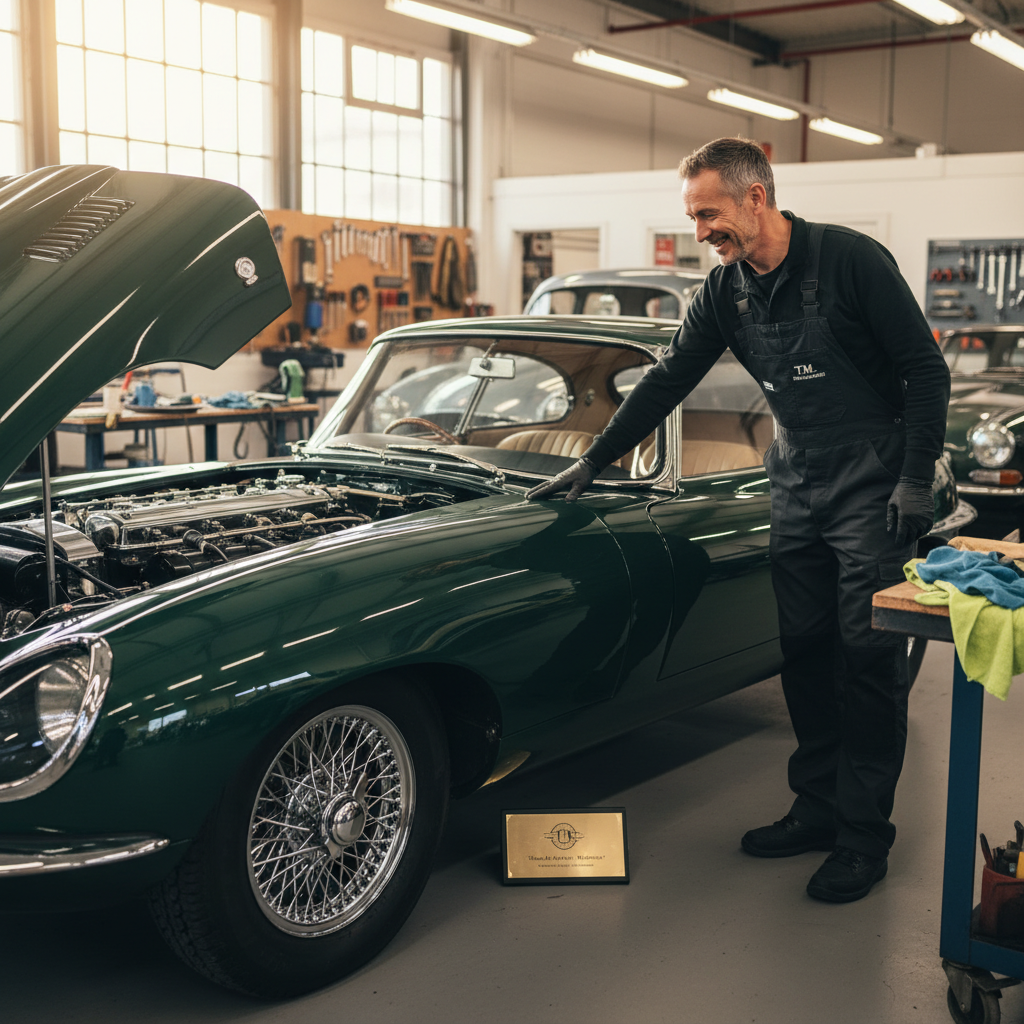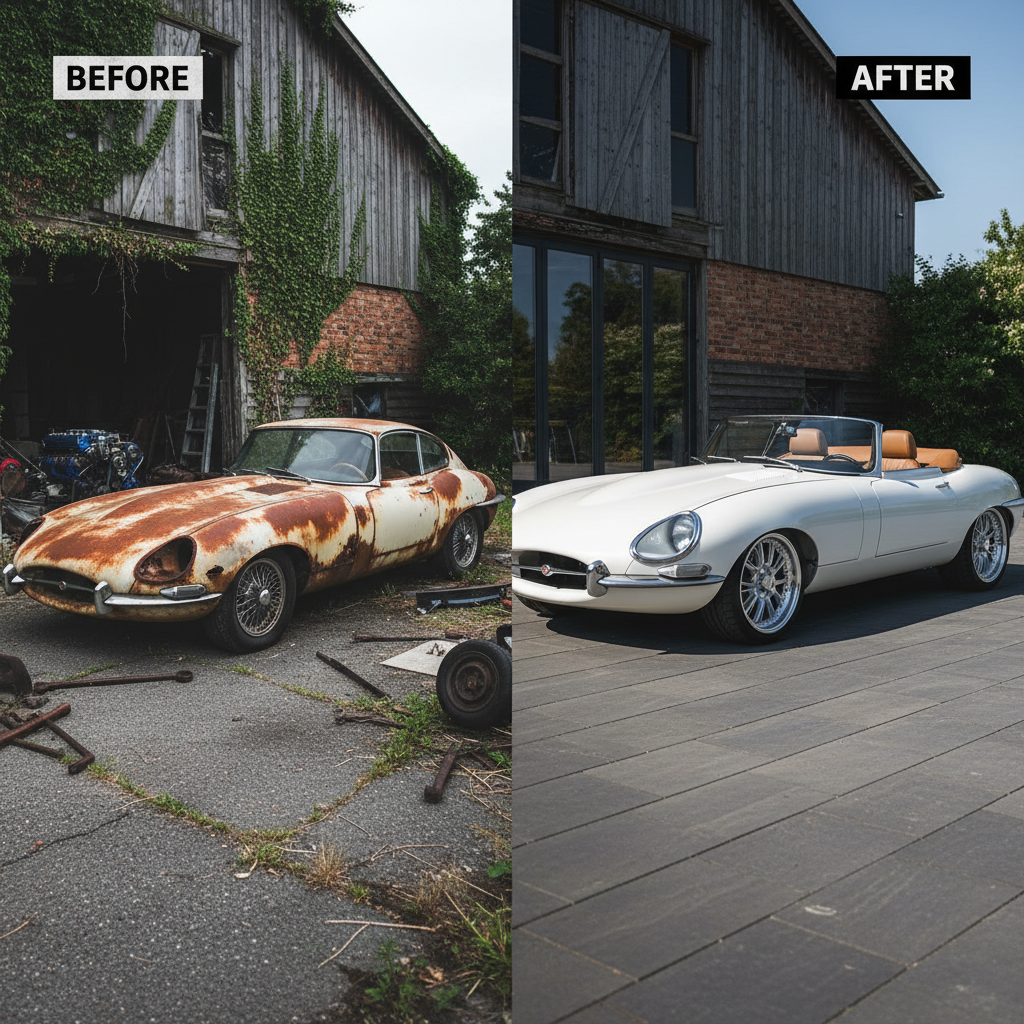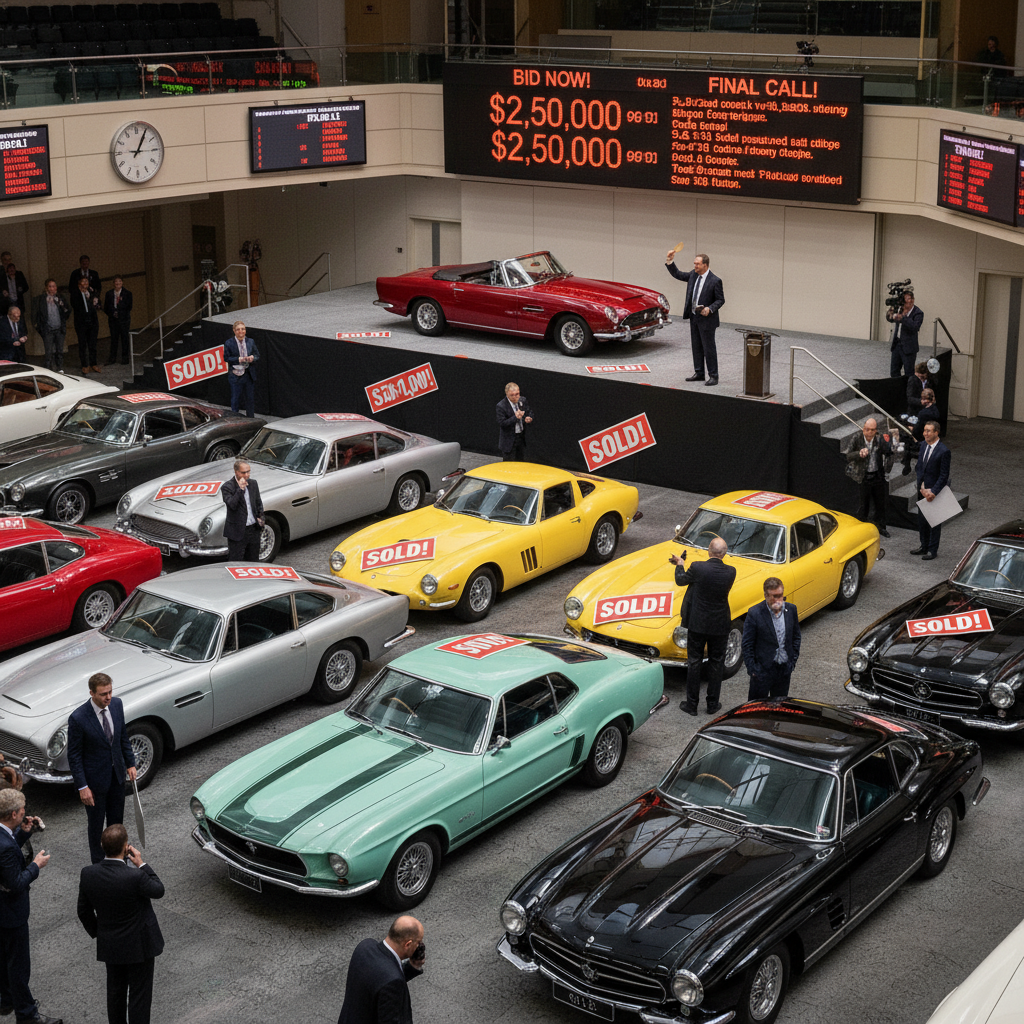Restoration Sticker Shock: Is Paying for a Professional Classic Car Restoration Worth It in 2025?
Dreaming of reviving a vintage icon or building a show-stopping muscle machine? For many enthusiasts, the idea of a professionally restored classic car is irresistible—but the reality of modern restoration costs can be jaw-dropping. In a market where labor rates and specialist skills have soared, how do you know if the investment is justified—or if it’s smarter to buy a finished car or scale back your project?
Contents
The 2025 Price Tag: What Does Professional Classic Car Restoration Really Cost?
Whether you’re eyeing a ‘70s Mustang, a Jaguar E-Type, or a Ferrari 275 GTB, today’s restoration market is defined by record-high labor rates, complex supply chains, and the growing popularity of restomods. Here’s what’s driving the cost—and where your money goes:
- Labor Costs: In 2025, labor is the single largest expense. Top shops now charge $85–$300/hour, with $125/hour as a national average for reputable work. Even a basic mechanical refresh usually requires 500–1,000 hours; full frame-off, concours-level restorations regularly demand over 2,000 hours or more[1][2][5].
- Parts & Materials: Expect a minimum of $10,000 for parts alone on most projects due to increasing scarcity and shipping fees. Rare or exotic models? Prepare for custom fabrication and steep markups[1][2].
- Paint & Bodywork: High-end paint jobs run from $2,000 to $20,000. Rust remediation, body panel replacement ($2,000–$6,000 per rocker), and meticulous body prep can eat hundreds of hours[1][2].
- Interior Restoration: Quality interior work for classics now ranges from $5,000–$15,000 (or more for custom upholstery on rare vehicles)[1][6].
- Mechanical Overhauls: Engine rebuilds: $2,500–$10,500. Transmission: $1,500–$3,500. Drivetrain and clutch services add more[1][2].
2025 Real-World Restoration Ranges:

- Basic preservation build: $15,000–$30,000
- Driver-quality restoration: $40,000–$75,000
- Show/concours quality: $100,000–$300,000+
- Exotics (e.g., Ferrari 275 GTB): $800,000+ for “nut and bolt” perfection[1][2][3][4]
Restomod Surge: The New Luxury Classic?
Shops like ECD Auto Design have specialized in turning icons such as the Jaguar E-Type into modernized, one-of-a-kind masterpieces. Their 2025 builds start at $299,995—and that’s just the entry point. Full personalization, modern drivetrains, and bespoke interiors can push totals above $400,000[2].
Investment vs. Future Value: Will You Ever Get Your Money Back?
Here’s the hard truth: For most classics, even a high-quality restoration will not recoup its cost unless the car is exceptionally rare or highly sought-after. For instance, a $100,000+ restoration on a mainstream muscle car may only boost retail value by $60,000–$80,000. In the world of Ferrari, yes, concours-level work can double or triple the car’s value, but only with the right provenance and model[1][2][4].
Market research by Hagerty and classic car auctioneers show that, post-pandemic, demand for best-in-class examples remains strong—but prices for “driver” restorations have softened. The global restoration market is still growing, now approaching $2.3 billion by 2030, as baby boomers and Gen Xers seek out passion projects or investment-grade classics[1].

When Does It Make Sense?
- If you own a rare, historically significant, or investment-grade car (think Shelby Mustang, Porsche 911 Carrera RS, Ferrari 275 GTB), a professional, documented restoration can unlock auction-level returns and preserve value for generations[4].
- If the car is a personal, sentimental project, the emotional ROI may outweigh any concern for dollars-and-cents (but go in with eyes open!).
- For restomods and modernized builds, the value is in bespoke enjoyment—not resale. Expect to pay a premium for exclusivity and craftsmanship.
- For mainstream classics or “driver” builds, buying a finished, already-restored car is often cheaper and faster than starting from scratch in 2025’s market.
Buy, Build, or Scale Back? Actionable Steps for 2025
1. Audit Your Why
- Are you chasing a dream car, an investment, or family nostalgia? This answer should drive your next moves.
2. Research Market Values
- Check Hagerty, Hemmings, and Bring a Trailer for actual sales data of finished examples—don’t rely on hopeful asking prices.
- Benchmark the “top value” of your chosen model; use it as a reality check for restoration budgets.
3. Get Multiple Quotes and Visit Shops
- Contact top-rated restoration shops such as Paul Russell and Company (for Ferraris), E.C.D. Auto Design (for British classics), and local specialists. Ask for detailed, line-item quotes and references.
- Ask about timelines—many quality shops are booked 12–24 months out.
4. Consider Buy vs. Restore
- Compare the cost of buying a finished car versus a project-plus-restoration. In 2025, the “buy finished” route often wins for mainstream cars.
- Beware of “cheap” restoration deals—these often mean corners will be cut, resulting in headaches and higher long-term costs.
5. Scale Your Project (If Needed)
- Opt for a “driver-quality” build as a sweet spot if your budget won’t stretch to concours standards.
- Do some tasks yourself (disassembly, reassembly, parts sourcing) to reduce labor hours.
Expert Recommendations & Final Thoughts
According to industry insiders, “You rarely make money on a restoration—unless you’re restoring the right car, to the highest levels, and you bought it right.” For most enthusiasts, the joy is in the process, the result, and the exclusivity.
Don’t wait: With labor rates and parts costs still on the rise due to inflation and supply issues, 2025 could be your last chance to lock in today’s prices. Many sought-after shops are booking years out, and top-tier restorations may only get more expensive as demand for skills outpaces supply.

Ready to start your project? Consult a reputable classic car restoration shop for an honest assessment and a tailored quote. The right professional can help you balance budget, expectations, and future value—ensuring your classic dream doesn’t become a financial nightmare.

